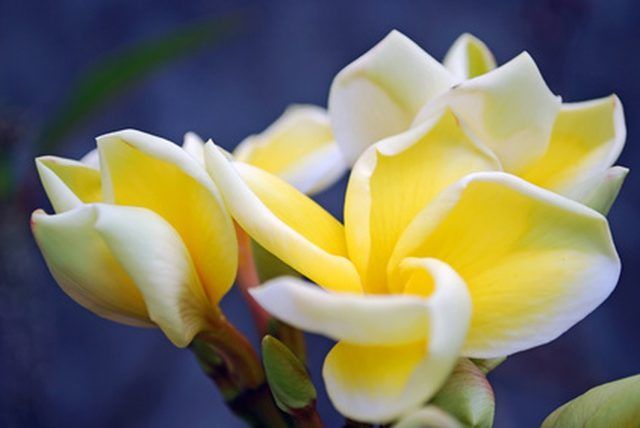Bulbs
Flower Basics
Flower Beds & Specialty Gardens
Flower Garden
Garden Furniture
Garden Gnomes
Garden Seeds
Garden Sheds
Garden Statues
Garden Tools & Supplies
Gardening Basics
Green & Organic
Groundcovers & Vines
Growing Annuals
Growing Basil
Growing Beans
Growing Berries
Growing Blueberries
Growing Cactus
Growing Corn
Growing Cotton
Growing Edibles
Growing Flowers
Growing Garlic
Growing Grapes
Growing Grass
Growing Herbs
Growing Jasmine
Growing Mint
Growing Mushrooms
Orchids
Growing Peanuts
Growing Perennials
Growing Plants
Growing Rosemary
Growing Roses
Growing Strawberries
Growing Sunflowers
Growing Thyme
Growing Tomatoes
Growing Tulips
Growing Vegetables
Herb Basics
Herb Garden
Indoor Growing
Landscaping Basics
Landscaping Patios
Landscaping Plants
Landscaping Shrubs
Landscaping Trees
Landscaping Walks & Pathways
Lawn Basics
Lawn Maintenance
Lawn Mowers
Lawn Ornaments
Lawn Planting
Lawn Tools
Outdoor Growing
Overall Landscape Planning
Pests, Weeds & Problems
Plant Basics
Rock Garden
Rose Garden
Shrubs
Soil
Specialty Gardens
Trees
Vegetable Garden
Yard Maintenance
Growing Frangipani Indoors
Growing Frangipani Indoors. Frangipani (Plumeria rubra) is a tropical plant that needs warmth, humidity and plenty of sunshine to grow. These flowers, also known as Hawaiian lei flowers, grow in the Pacific Islands, Hawaii, the Caribbean, South America and Mexico. In colder areas, it is possible to grow the flowers indoors, but you must get the...

Frangipani (Plumeria rubra) is a tropical plant that needs warmth, humidity and plenty of sunshine to grow. These flowers, also known as Hawaiian lei flowers, grow in the Pacific Islands, Hawaii, the Caribbean, South America and Mexico. In colder areas, it is possible to grow the flowers indoors, but you must get the conditions just right.
Things You'll Need
Quick-draining soil
6-inch pot
Water
Liquid fish and seaweed fertilizer
Plant frangipani in a 6-inch pot with drainage holes. Frangipani will outgrow this pot, but do well there as a seedling. Fill the pot with quick-draining potting soil to support the plant. Plant frangipani seedlings deeply enough that the entire root ball is covered.
Put the frangipani in a place where it receives six to eight hours of sun or bright light every day. Although frangipani can grow in shade, it does better in sun, with a temperature of at least 65 degrees F every day.
Water frangipani with 1 inch of water every week. Always allow the soil to dry before you water again; frangipani needs warmth, but does not need excessive watering. Never allow the plants to sit in water.
Fertilize frangipani once every summer with liquid fish and seaweed fertilizer to give the plant nitrogen, phosphorous and potash for growing. Always follow manufacturer directions in regard to quantity and application of fertilizer.
Tips & Warnings
Frangipani blooms in shades of white, yellow, red, rose and other pastels. These blooms have very strong scents.
Propagate frangipani through cuttings of the original plant.
In the wild, frangipani shrubs grow to 40 feet in height.
Frangipani is cold sensitive and will lose its leaves in winter when it goes into dormancy.